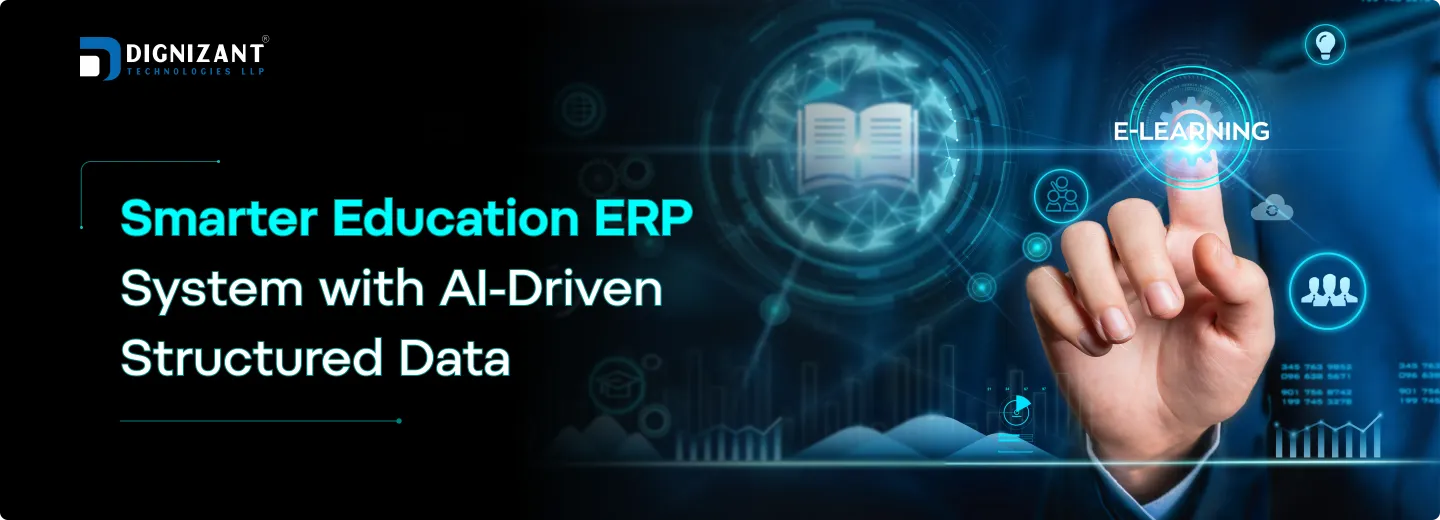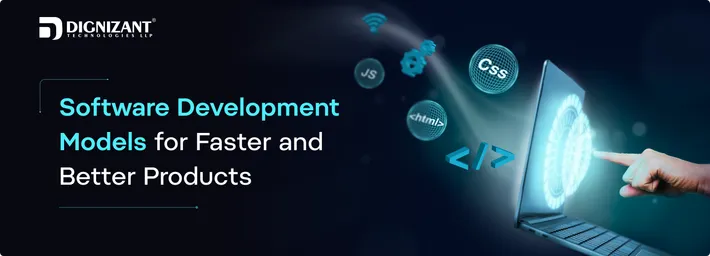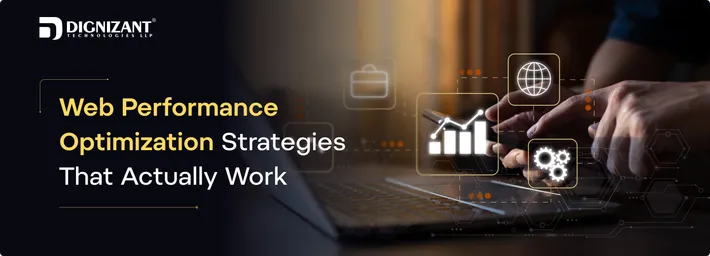Smarter Education ERP Systems with AI-Driven Structured Data

Contributor
Arjun Solanki
Uploaded
13 August, 2025
Read Time
6 Minutes
In today’s digital-first education landscape, managing an institution involves more than just tracking attendance and handling fees. Modern schools, colleges and universities generate huge volumes of structured data every day from student grades and exam schedules to faculty workloads and library logs. This data is not executed without the right tools.
That’s where AI-driven education ERP systems come in. By merging artificial intelligence with structured data analytics, institutions can move from simply storing information to actively leveraging it for smarter decisions, predictive planning and better student outcomes.
Why the Education ERP Market is Booming
Global Education ERP market is growing at a very fast pace:
- USD 16.42 billion market size in 2023, projected to reach USD 61.23 billion by 2030 (CAGR: 21.98%).
- 70% of new education ERP deployments are cloud-first, rising by 26% annually.
- The Asia-Pacific is the most rapidly increasing region due to digital education reforms in India, and China.
The takeaway is clear: Educational institutions are no longer debating whether to digitize, they're competing on how smart and adaptive their ERP systems can be.
How AI Enhances Education ERP Capabilities
1. Predictive Student Performance Analytics
Based on historical grades, attendance records and other classroom engagement patterns, AI-powered ERP systems can predict the future academic performance of students with accuracy. These predictions allow education to see some of the learning gaps potentially early while they become critical.
For example, a high school in Singapore managed to decrease student dropout rates by 15% with AI-generated warning signals that could allow counselors to intervene early with targeted support.
2. Personalized Learning Recommendations
AI-enhanced ERP platforms deliver learning content that has been customized based on the individual requirements of students thus ensuring more effective learning. When a student is having trouble in math the system may recommend video tutorials, join them with other students who tutor peers or assign extra exercises for practice.
This type of personalized learning model not only increases academic outcomes but also develop an environment where students are more motivated and feel a higher sense of self-efficacy.
3. Automated Administrative Processes
For a start, AI enables automation of manual tasks like admissions processing, payroll management, timetable generation and compliance reporting. This level of automation dramatically reduces potential for manual errors and administrative overhead while ensuring that much of a staff's time can be spent on improving student services, campus life. Institutions save 30-40% operational time so you can better divide resources too.
4. Resource and Facility Optimization
AI-driven forecasting allows educational centers to get the most out of their physical and digital resources. The system can recognize for example underutilized classrooms in the following semester, strategies preventive maintenance at optimal timings and controls lab or library capacity during peak hours.
This means smoother day to day tasks, less time lost due to technical difficulties and a more comfortable learning experience for students as well.
5. Financial Forecasting and Budget Management
Applying AI to structured financial data allows for extremely precise revenue and expenses forecasting, as well as identification of areas of potential financial risk. By flagging overdue tuition payments, forecasting future cash flows and recommending budget reallocations for greater efficacy.
Universities adopting AI-based ERP solutions have reported a 20-25% improvement in budget accuracy year over year, leading to smarter financial decisions.
Real-World Impact: Before and After AI-Driven ERP
Before AI Integration:
- Multiple departments maintaining separate records.
- Manual data entry errors slowing down reporting.
- Faculty and admin relying on outdated quarterly reports.
After AI Integration:
- An integrated data ecosystem accessible to all stakeholders.
- Real-time dashboards showing actionable metrics.
- Predictive alerts for student engagement, financial risks and operational barriers.
Benefits of AI-Driven Structured Data in ERP
Proactive Problem Solving
AI-powered ERP systems keep track of metrics like performance data, attendance information and engagement levels ensuring real-time issue discovery. Institutions can take action when needed by identifying at-risk students or operational bottlenecks before they escalate, institutions can implement timely interventions. This approach eliminates disasters and crises and also makes the learning environment more supportive.
Enhanced Transparency
Centralized, real-time dashboards grow exposure to completed academic progress and performance metrics by students, parents as well as faculty. Properly aligned with goals, gains and areas for improvement. The openness allows trust and accountability and fosters best collaboration amongst all stakeholders.
Faster Decision Cycles
Analysts have real-time data to use, so administrators can act instantly without waiting weeks for traditional reports. From the simplest to launches of major student supports, decisions are made more quickly. This agility allows it to respond rapidly to new or changing demands.
Scalable Growth
With an AI-enhanced ERP, institutions are able to scale student enrollments without scaling the staff workload involved. Automation speeds admissions, scheduling and reporting workflow, enabling staff to concentrate on more important roles. This scalability ensures smooth operations even during the peak times of growth.
Compliance Made Easy
This enables educational institutions to automatically generate accurate and up-to-date reports requested by accreditation bodies and government audits. It reduces the pressure on finding data at the last minute and also any errors that may occur. Now that compliance processes are streamlined, the team can focus on higher-level strategic work.
AI Technologies Enhancing Education ERP Systems
Automatic, timely reports needed by accreditation bodies and for government audits, can be produced by educational institutions themselves. This takes away the last minute tension of data collection and also helps in reducing errors. Staff can focus on strategic initiatives as they handle compliance processes seamlessly.
1. Predictive Analytics for Student Success
Predictive analytics powered by AI checks historical grades, attendance patterns, engagement data to predict student performance. Educators can use this to track and identify students who are failing or at risk of failure. For instance, timely notifications about students at risk may reduce the dropout rate and jump results.
2. Personalized Learning Paths
The software development includes artificial intelligence algorithms that quickly analyze a student in terms of his strengths, weaknesses and learning pace and suggest educational resources accordingly. Personalized learning measures what students know and can do and recommends corrective lessons for the challenging areas or advanced modules for gifted learners to keep them engaged and motivated.
3. Automated Administrative Workflows
AI automation streamlines repetitive activities like admissions processing, timetable creation, payroll and compliance reporting. This means fewer manual errors, faster processing times and more time dedicated to supporting students and planning strategically. Booth automation adopting institutions have reported 30 to 40% gains in operational efficiency.
4. Smart Resource & Facility Management
AI predicts the demand of using classrooms, labs and equipment which further improves the utilization. This can help you in scheduling maintenance on off-peak hours, preventing resource conflicts and ensures optimum use of space by helping schools provide improved learning experiences as well as cost management.
5. Financial Intelligence & Budget Optimization
AI uses structured financial data for revenue, top-line forecasting, payment delays prediction and budget optimization. This results in better financial planning which can lead to more efficient resource allocation, and maintain financial stability.
6. Real-Time Insights for Faster Decisions
AI-powered dashboards deliver real-time analysis of academic, operational and financial measures to every dministrator. This means no waiting on lengthy reports; it allows leaders to be agile with timely data-informed decisions.
Conclusion
Smarter education ERP systems with AI-driven structured data is not just software, but it is the data-powered campus backbone. Crafted with cutting-edge software development practices, it improves everything from student success to institutional budgets. Together, this mighty duo allows teachers to change the course of history.
In this rapidly growing education ERP market, the Artificial Intelligence driven structured data capabilities are not just another technical implementation, it is transformational.
Latest Articles

Explore modern software development models that help teams deliver faster, reduce risk, and build high-quality products with clarity and control.

Unsure if Python suits your project? Explore the advantages and disadvantages of Python to see if it’s the right choice for your needs.

A practical guide to web performance optimization strategies that enhance speed, stability, and user satisfaction in real-world scenarios.
FAQs
Ready to Take Your Business to the Next Level?
Unlock new opportunities with expert solutions designed to elevate your brand. From strategy to execution, we empower your business with the tools, technology and talent it needs to thrive in today’s digital world.




